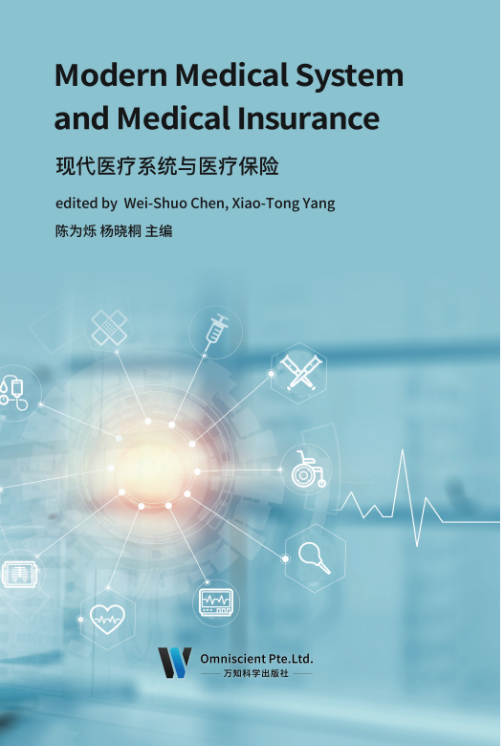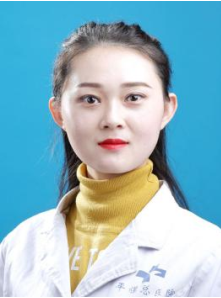
Preface
“Medical insurance”, “medical treatment” and “patients” are indispensable organic whole in the social medical insurance system. The medical insurance party raises the medical insurance fund and guarantees the basic medical needs of the insured when they are sick by purchasing medical services or paying fees from medical institutions. Good system design needs good execution to produce good effect. Medical institutions are the “transmission shaft” of the smooth operation of the medical insurance system, and the “foothold” of medical insurance fund payment and patients’ access to services. The management practice of medical insurance in the hospital is also the most important and difficult in the field of medical insurance management. The establishment and development of a social security system is inseparable from its political ecology and economic soil. With China’s economic development entering the new normal, the supply side structural reform is deepening. The economic structure, development mode and national governance mode are all undergoing profound changes. The sustainable development of the universal medical insurance system is facing the opportunity of releasing the reform dividend, as well as the challenges such as the shift of economic growth rate, the “pain” in the window period of reform, and the aggravation of population aging. Under the dual pressure of increasing income and expanding expenditure, the management mode of medical insurance from “controlling the demander” to “controlling the supplier” continues to be strengthened, which makes the hospital medical insurance management become the focus and difficulty of the whole medical insurance leverage.
The top-level design method of information system provides strong technical support and strategic guarantee for the informatization of health industry. Especially in the era of mobile Internet and big data, the health information system is becoming more and more bulky, the amount of data is increasing rapidly, and the trend of information sharing and regional medical treatment is becoming more and more important.
前 言
“医保”“医疗”和“患者”是社会医疗保险制度中三者缺一不可的有机整体,医保方筹集医疗保险基金,通过向医疗机构购买医疗服务或者支付费用,在参保人员患病时保障其基本医疗需求。“徒法不足行”,好的制度设计需要好的执行才能产生好的效果,医疗机构是医疗保险体系顺畅运行的“传动轴”,是医保基金支付
和患者获得服务的“落脚点”,医疗保险在医院端的管理实践,也是医疗保险管理领域的重中之重、难中之最。一项社会保障制度的建立和发展离不开所处的政治生态和经济土壤。随着我国经济发展进入新常态,供给侧结构性改革走向深入,经济结构、发展方式、国家治理模式等都在深刻变化,全民医保制度的持续发展面临着改革紅利释放的机遇,也面临着经济增速换挡、改革窗口期“阵痛”、人口老龄化加剧等挑战,基全增收减缓与支出膨胀的双重压力,使医疗保险从“控需方”向“控供方”的管理方式继续强化转变,这更使医院医疗保险管理成为整个医保杠杆上的焦点和难点。
信息系统顶层设计方法为卫生行业的信息化提供了有力的技术支持和战略保障。尤其是在移动互联网和大数据时代,卫生信息系统日趋庞大臃肿,数据量剧增,信息共享和区域医疗渐成趋势的大环境下,信息系统顶层设计方法显得尤为必要。

Wei-Shuo Chen, male, the Han nationality, bachelor’s degree, born in Luoding City, Guangdong Province in March 1985. He works in the equipment department of Yunfu People’s Hospital. He has been rated as the excellent employee of the year for many times, and is a member of the Medical Device Management Branch of Guangdong Primary Medical Association. In 2018, he was awarded the second excellent clinical engineer of Guangdong Province, and published many papers in several journals.
陈为烁,男,汉族, 1985 年 3 月生,广东省罗定市人,本科学历,在云浮市人民医院设备科工作。多次评为单位年度优秀员工, 广东省基层医药学会医疗器械管理分会会员, 2018 年荣获广东省第二届优秀临床工程师,在多个杂志社公开发表多篇论文。

Xiao-Tong Yang, female, the Han nationality, bachelor’s degree of management, born in Pingdingshang City, Henan Province in April 1990. She graduated from Anyang Normal University in major of human resources management in 2011. She is now working in the human resources department of Pingmei Shenma Medical Group General Hospital, responsible for medical insurance business, familiar with all kinds of medical insurance policies, good at summing up her work post, with rich experience and high theoretical level.
杨晓桐,女,汉族, 1990 年 4 月生,河南平顶山人, 2011 年毕业于安阳师范学院人力资源管理专业, 管理学学士学位。 现于平煤神马医疗集团总医院人力资源部工作,负责医疗保险业务,熟悉各类医疗保险政策,在工作岗位上善于总结,具有丰富的经验和较高的理论水平。